






of







of







of





















Lachin State Reserve was established in the area of Lachin region in November, 1961. The purpose of the formation of the reserve is to protect and increase birds and animals. Animals, such as roes, goats, wild boars, bears and so on, and birds, such as partridge, ptarmigan, etc. have settled in the reserve. The total area of the reserve is 21,4 hectares, and it comprises 0,25% of the republican area, 8,8% of the area of republican reserves. 7369 hectares or 34,5% of the area is forests, 1448 hectares or 6,8% is alpine meadows, 7400 hectares or 34,8% is subalpine meadows, 4257 hectares or 20% is pastures, 862 hectares or 4 % is rocks and landslides, 34 hectares are lands of special purpose.
The peak is Qirkhqiz (2825m), which was abruptly shattered by deep valleys where the Shalva, Pijanis, Gorchu, and other rivers flow. The cold climate type with dry winter prevails in the area of reserve. The area of the reserve is divided into zones of the middle mountain and forests of Iberian oaks (1000-1700m), the upper mountain and forests consisting of eastern oaks (1700-2200m), subalpine (2200-2500m) and alpine lawns. The forests mainly consist of hornbeam, lime, birch and other trees. The forests where hornbeams prevail is pretty few (8,1%) The mountain forests of oak, hornbeam, and birch trees cover quite less area because of intensive pasturing of animals. Gray grasslands of droughty slopes and mesophyll lawns of relatively humid slopes for subalpine zone, predominance of meadows of different grass for alpine zone, and poor growth of alpine carpet are characteristics for it.
In the area of the reserve primitive, less thick, weedy, mountain, typical, gray brown mountain-forest with carbonate residuum, humus carbonated mountain-forest, typical and gray dark brown mountain and forest soils are spread.
In comparison with the forests the mountain zone and woodless areas of the forest zone are exposed much to agricultural activities of men like pastures.
Along with it, this area is very suitable for animals and birds to dwell here. Their numbers and species are quite enough.
There is valuable tree of the world red oak in Hajisamli forest, in the area of the reserve. During the tsarist government, the French made a cart road by incising the Girkhqiz mountain from Khankandi to make use of this tree, but they couldn’t realize it because the Soviet government was founded in that period. This tree is used to produce valuable furniture and to keep cognac alcohol. This tree is spread only in this reserve. Nowadays, these trees and other forests are being cut off.
“Nature”, Virtual Karabakh. https://www.virtualkarabakh.az/en/post-item/26/45/nature.html.
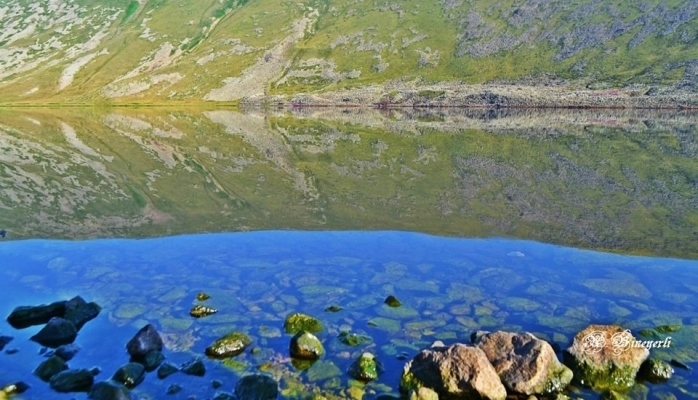
Qaragol Interrepublics State Reserve was set up with the decision of the Council of Ministers dated November17, 1987. Garagol State …

The idea of establishing Aghdam Bread Museum, which is considered to be the second in the world after the Zurich …
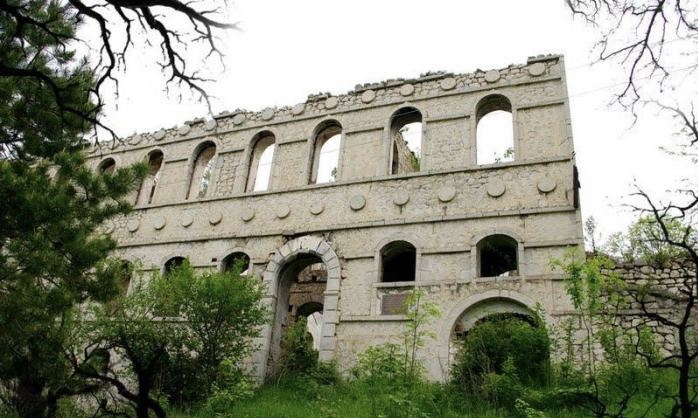
The Khurshudbanu Natavan’s House is a historical and architectural monument of the 18th century located in the city of Shusha. …

Museum Mausoleum Complex of Molla Panah Vagif is located in Shusha, Azerbaijan. It was built in honor of Molla Panah …
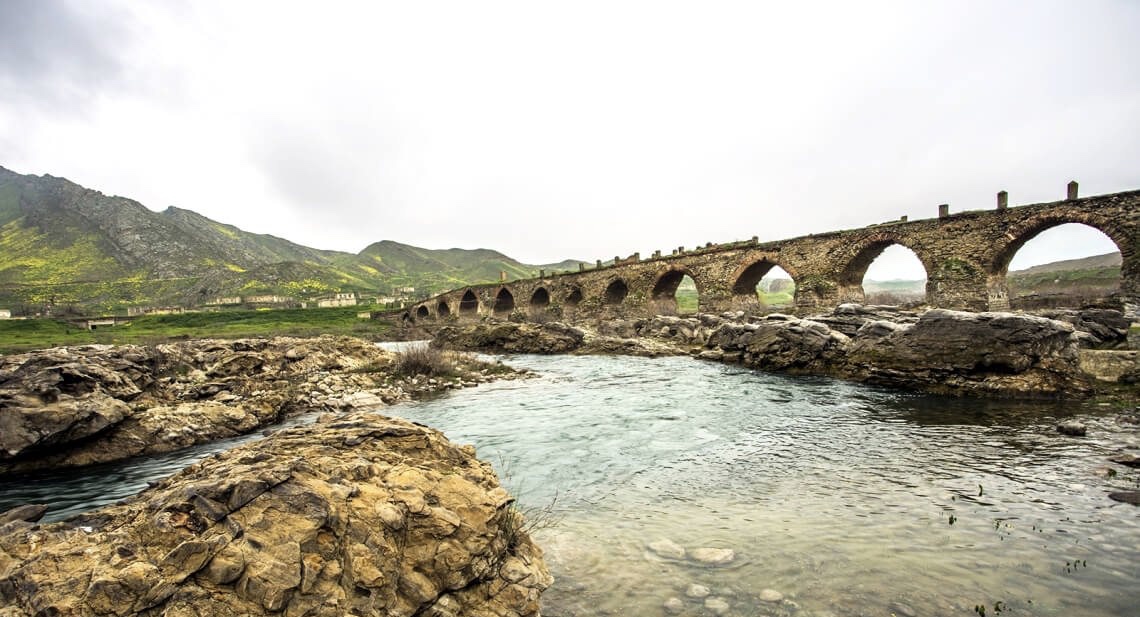
The Bridge belongs to the Arran architecture school. The first written source that mentioned the 15-arched Khudafarin Bridge belongs to …
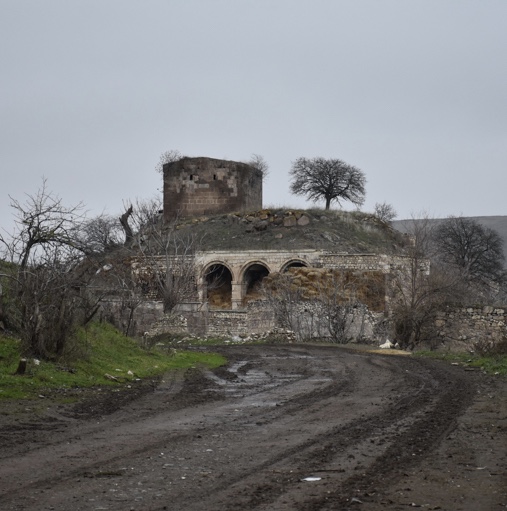
Garghabazar Caravanserai was built in 1681 at the hillside, in the center of Garghabazar village of Fuzuli district, 8 km …
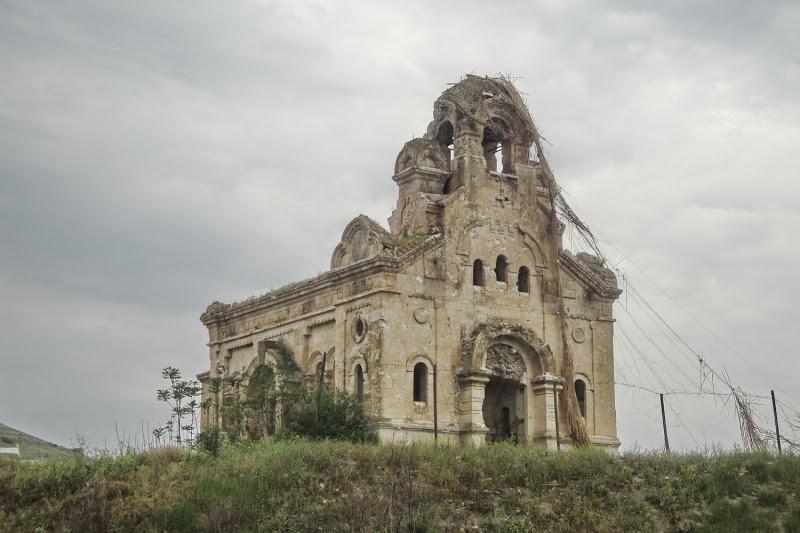
Armenia’s vandalism in Nagorno-Karabakh and seven surrounding regions affected not only the historical, cultural, and religious heritage of Islam but …

Jabrayil History-Ethnography Museum has been operating since 1953. Archaeological and ethnographic materials belonging to the history of the region, textiles, …

Khudavang, or Dedeveng, Monastery Complex is located in the Vang village of Kalbajar District, on the left bank of Tartar …

“The 19th century Aghdam Juma Mosque is perhaps the only structure that has withstood the years of neglect since the …